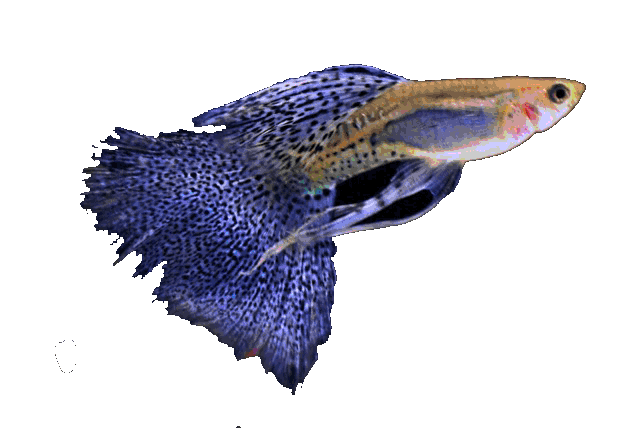



Basic data:
Scientific name: Priapella olmecae , (Meyer & Espinosa P érez, 1990)
Group: Livebirds
Source: Mexico , it is found only in some watercourses of Mexico (Veracruz), north of Lake Catemaco and around the volcanic mountain Tuxlas.
Size: females 6 cm, males 5 cm
Biotope / Habitat: Slow and fast streams, poor in vegetation with rocky and rocky bottoms.
Social behavior: Peaceful, fish flocks (10+)
Diet: Mainly live and frozen food (worms, insects, insect larvae, crabs, ...)
Cultivation: Medium difficult
Aquarium: Minimum 100 liters
Population: schools of fish per 100 liters of water
Decoration: Stones, roots, more robust plants
Temperature: around 23 ° C
pH: 6.5-7.8
Hardness: from 10 ° dGh to 30 ° dGh
Life span:
Synonymous
Priapella olmecae
Blue eye
-
Priapella olmaceae, Meyer & Espinosa Pérez, 1990
Kingdom: Animalia / animals
Trunk: Chordata / string players
Class: Actinopterygii / arthropods
Order: Cyprinodontiformes / Toothpicks
Family: Poeciliidae / live-bearing toothed carp
Gender: Priapella
Type: Priapella olmecae ( Meyer & Espinosa Pérez, 1990)
Cultivation
There are several things to keep in mind when growing these fish. They need a large aquarium and can coexist with a considerable number of other fish. In nature, some perch, bears, platypus, moths live with them. They are very active fish, fast swimmers and big gluttons, who need a lot of meals of live food during the day, which they like to take from the surface. Since they are insectivores, we need a constant sufficient amount of this food. If possible, we have them in an aquarium with as much surface area as possible, as they stay in the upper layers. The aquarium should be planted only on the left and right so that individual fish can retreat in front of a flock of blue eyes that are tirelessly chasing around the aquarium. Aquarium it should have quality, fairly strong flow, excellent filtration and 20% water change per week. Water parameters typical of Mexico. Light is weak rather than strong. In the aquarium, we have some ground fish and fish that stay in the lower part of the aquarium to eat food that falls to the bottom, because they rarely pick up food from the bottom. The container should be well covered as they are excellent jumpers.
Food
They like to eat wine flies, flies, mosquitoes, artemia, ...
Reproduction
During courtship male blue zig Zag together with female, once left, second right beside her. The fins are wide open and gonopods turns forward every now and then. If the female is ready to mate, she calms down and leaves the male to fertilize her. Females not ready on mating, float away or retreat to the bottom.
There are about 25 young people and we must remove them immediately. protect against parents as they are very easy prey. We raise the young in our aquarium, which should also be large enough because they grow quickly, and thus avoid too rapid water pollution due to the abundance of waste generated by the young. Puppies often have problems with the air bladder, it is best to remove them immediately, otherwise they will die quickly (these observed when swimming incorrectly). The young are immediately fed with Artemia nauplii and this is done as often as possible during the day. In an aquarium with young, let’s have some ground fish (armored catfish) to eat food that has reached the bottom. With such abundant feeding, the water spoils quickly, so we regularly change 1/3 of the volume.
To maintain the population for a long time, keep separate females and prevent them from mating with each other, otherwise the population will soon perish.
Description
Fish have a tall body and a superior mouth. The body is transparent orange, the eyes and gill covers are shiny blue. In the right light, it comes to the fore at all.
Priapella - comes from the Greek word Priapus, meaning man.
Olmeca - named after the Olmecs Indian tribe.


